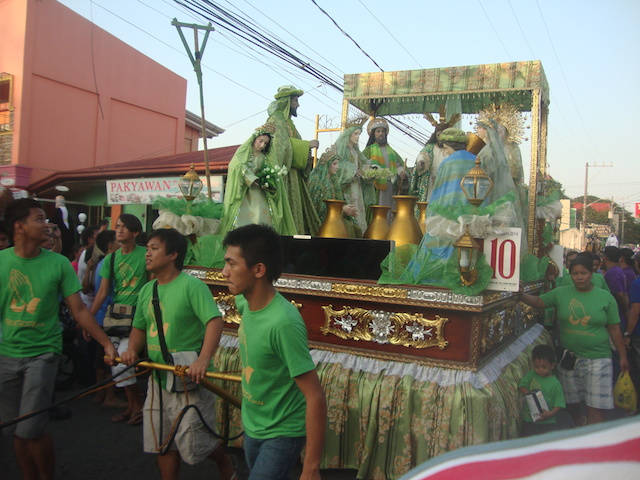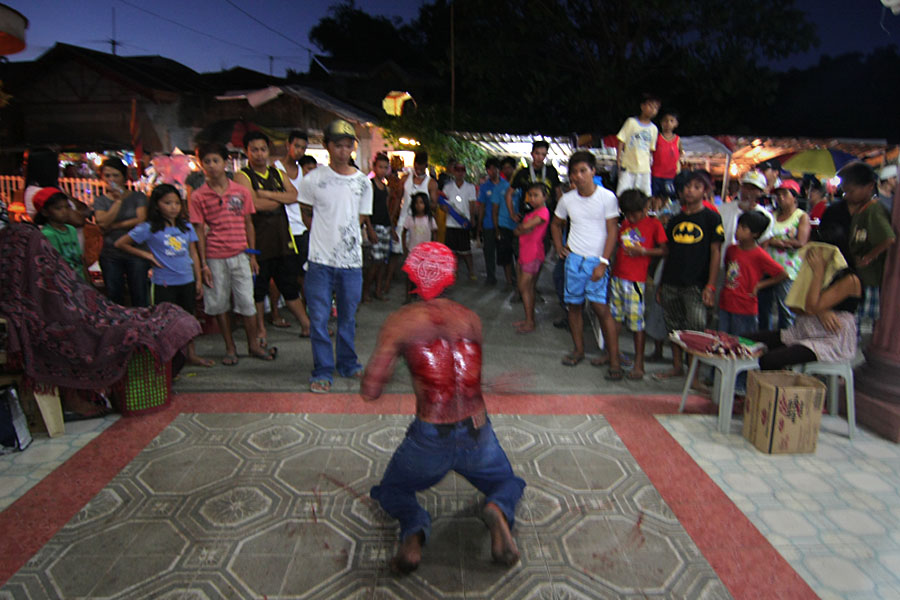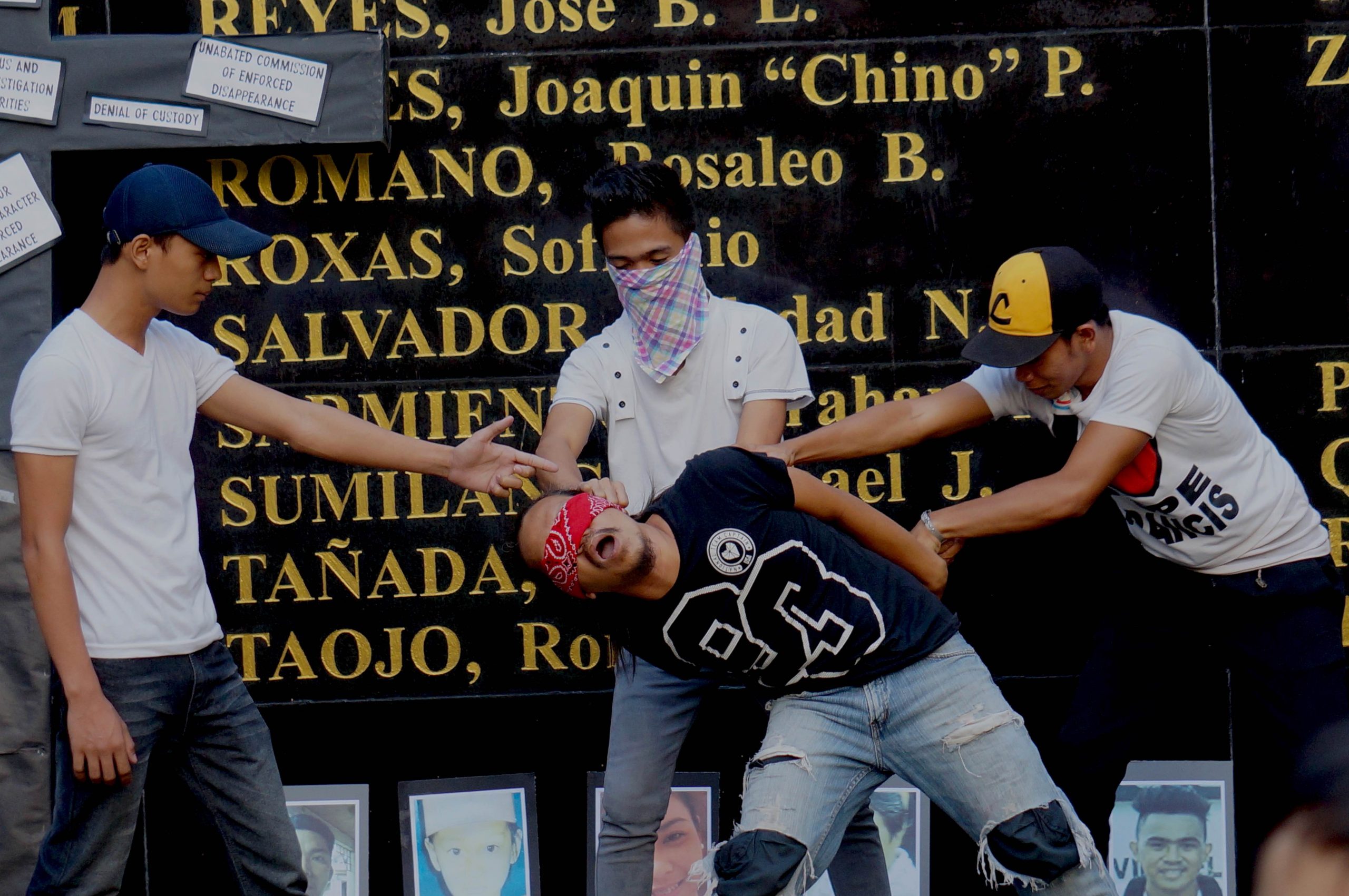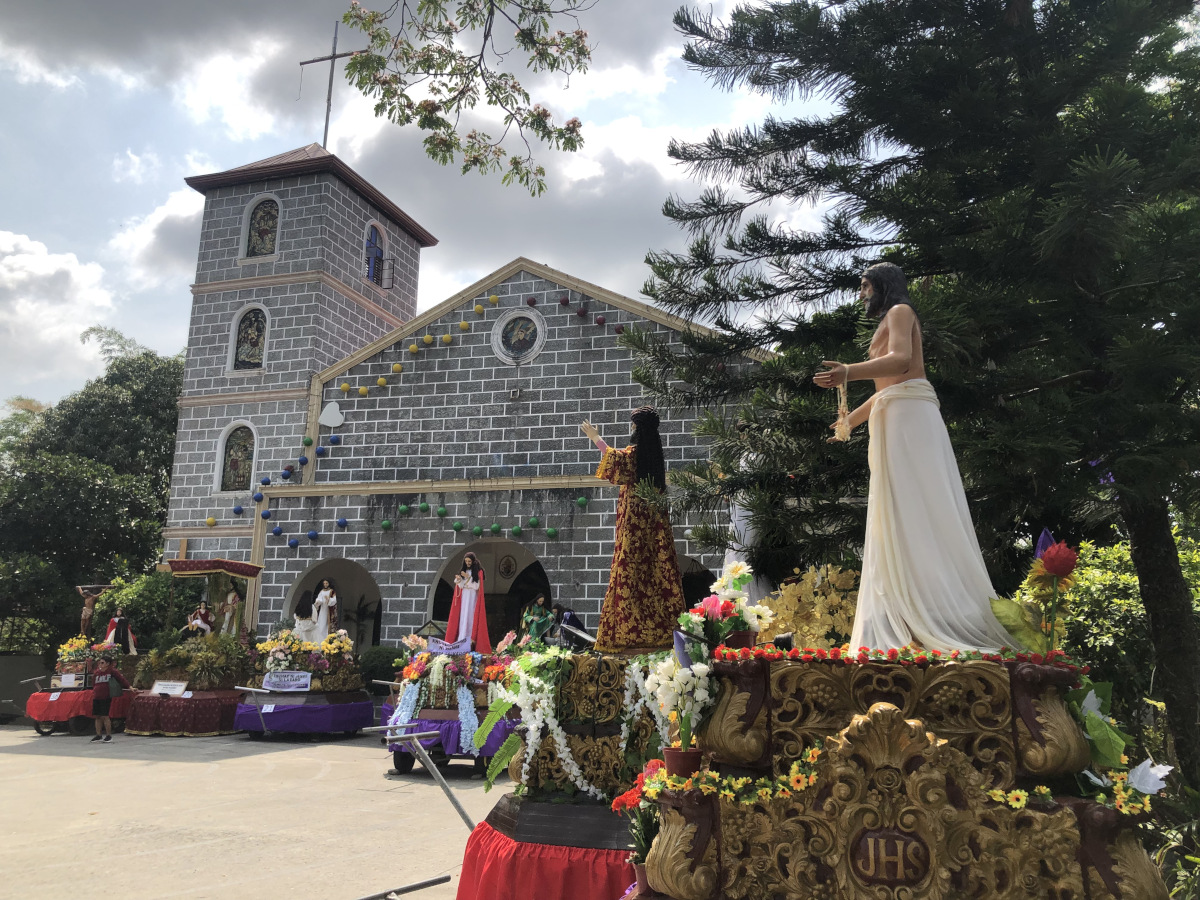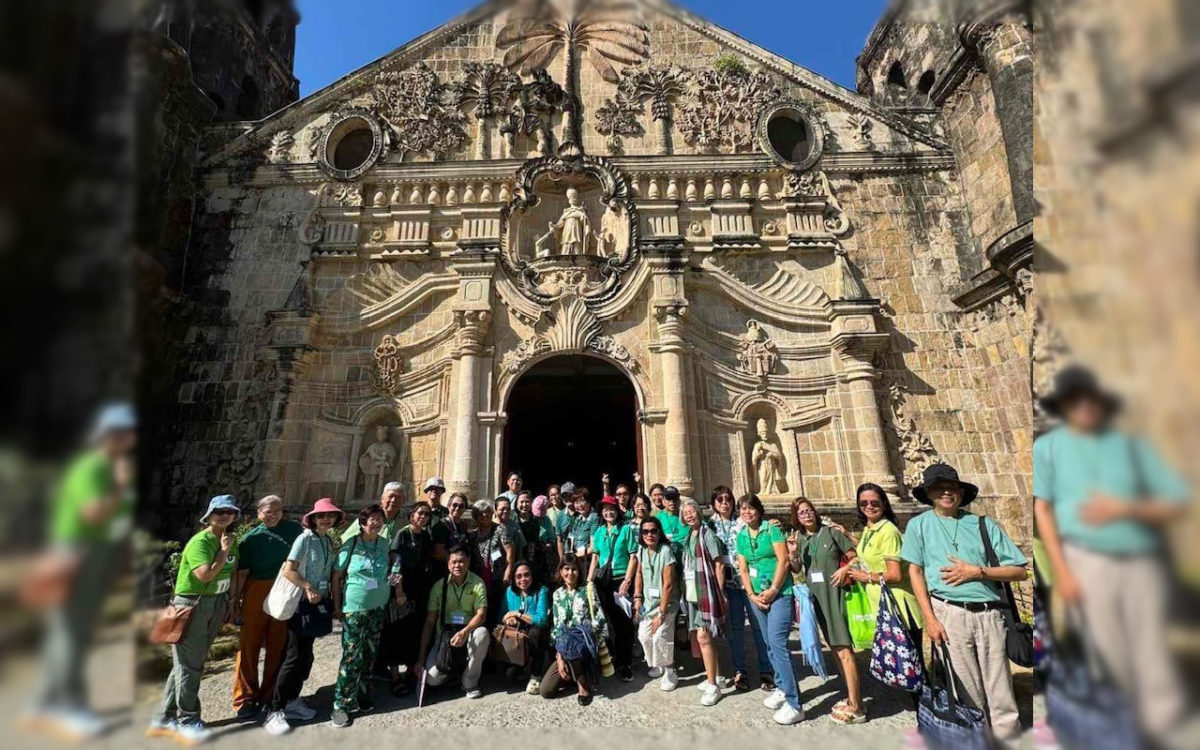Text and photos by KIERSNERR GERWIN TACADENA
BALIUAG, Bulacan–This town is hosting what could be the country’s biggest Lenten procession consisting of more than 100 religious statues riding on carriages or carrozas. But concerns are being raised that the occasion may have evolved from being a form of catechism and service to the Church, into an opportunity to show off their owners’ wealth.
“These things are not just for show,” said San Agustin parish priest Andres Valera. “It is also for the deepening of the faith of the faithful.”
Yet owners of images and carroza themselves admit processions have turned into parades of affluence.
“To be frank, there are a lot of rich people here in Baliuag who just want to show off,” said Jacinto Cruz, owner of one of the oldest images in Baliuag.
Every year since Spanish times, these carrozas have graced the busy streets of Baliuag on Good Friday. In the past, images were small so that they could be carried on the shoulders of their owners, who were usually the town’s wealthy landowners.
As the municipality became a mercantile town, Valera said, prominent businesspeople became the owners of the images.
“The mercantile class would now make another set of images to show that they have ‘arrived’ in society,” Valera said. “The images became life-sized, a carroza would now have multiple images, making it as big as a truck.”
In 1987, Valera recalled, the procession had only 60 images, most of which were not as big as the ones the town has today.
Cruz himself owns the image depicting the scourging of Jesus Christ, which has been in his family’s possession for decades. He could not trace the origin of the image, but owns a photo of it taken in 1948.
Even though he keeps his carroza simple, he said he spends more than P100,000 for the preparations, maintenance and the small reception after the procession.
“We do not compete with other carrozas,” Cruz said. “The bulk of our expenses is on the food, which is for everyone.”
Another owner of religious statues is the family of Ernesto Juaiting who had the chance to own images only in 1998 when their neighbors passed on the images to them.
His family owns four, all of which are in the same carroza depicting Jesus carrying the cross.
Every year, he and his family would prepare for the event. Even now that he works abroad as a teacher, he still finds time to return to take part in the tradition.
“This procession is part of our thanksgiving and sacrifice during Holy Week,” he said.
Ernie Garcia whose childhood fascination with images led him to have not one but two of the most sought after carrozas during the procession, believes the same thing.
He had one of his images carved in 2000 and another in 2008. Since then, he has taken his images around the municipality.
As part of his gratitude, he himself sews the clothes of his Saint Susana image. He also designs the carroza with flowers and lights.
“We want our images to look their best. This is a way for us to give something in return,” he said.
Images being paraded in the procession undergo screening by Valera and the Hermandad Del Siete Dolores, an organization founded by the image-owners of the community.
Valera said that the image had to depict events of the passion and death of Jesus Christ. The images also had to be made in good faith.
This year, eight new images are joining the 96 others in the procession, making the Lenten Procession in Baliuag the largest in the country.
(The author is a University of the Philippines student writing for VERA Files as part of his internship.)
